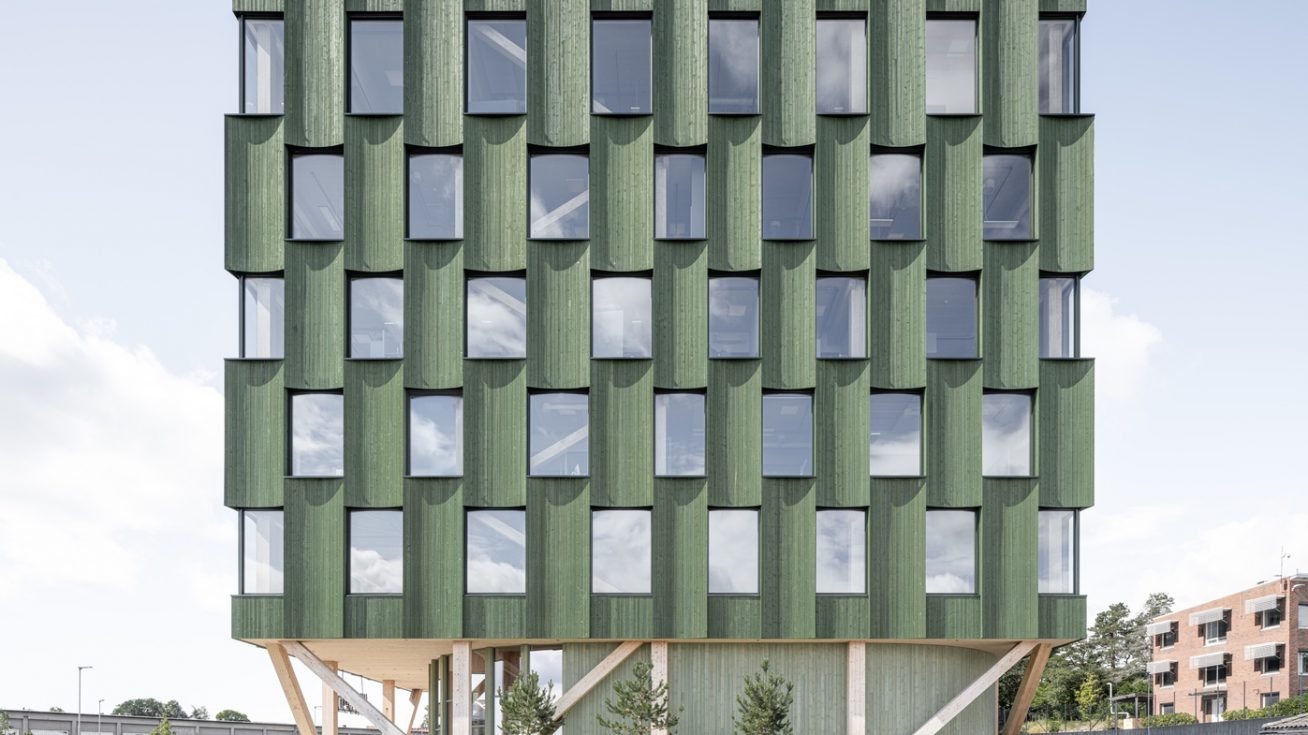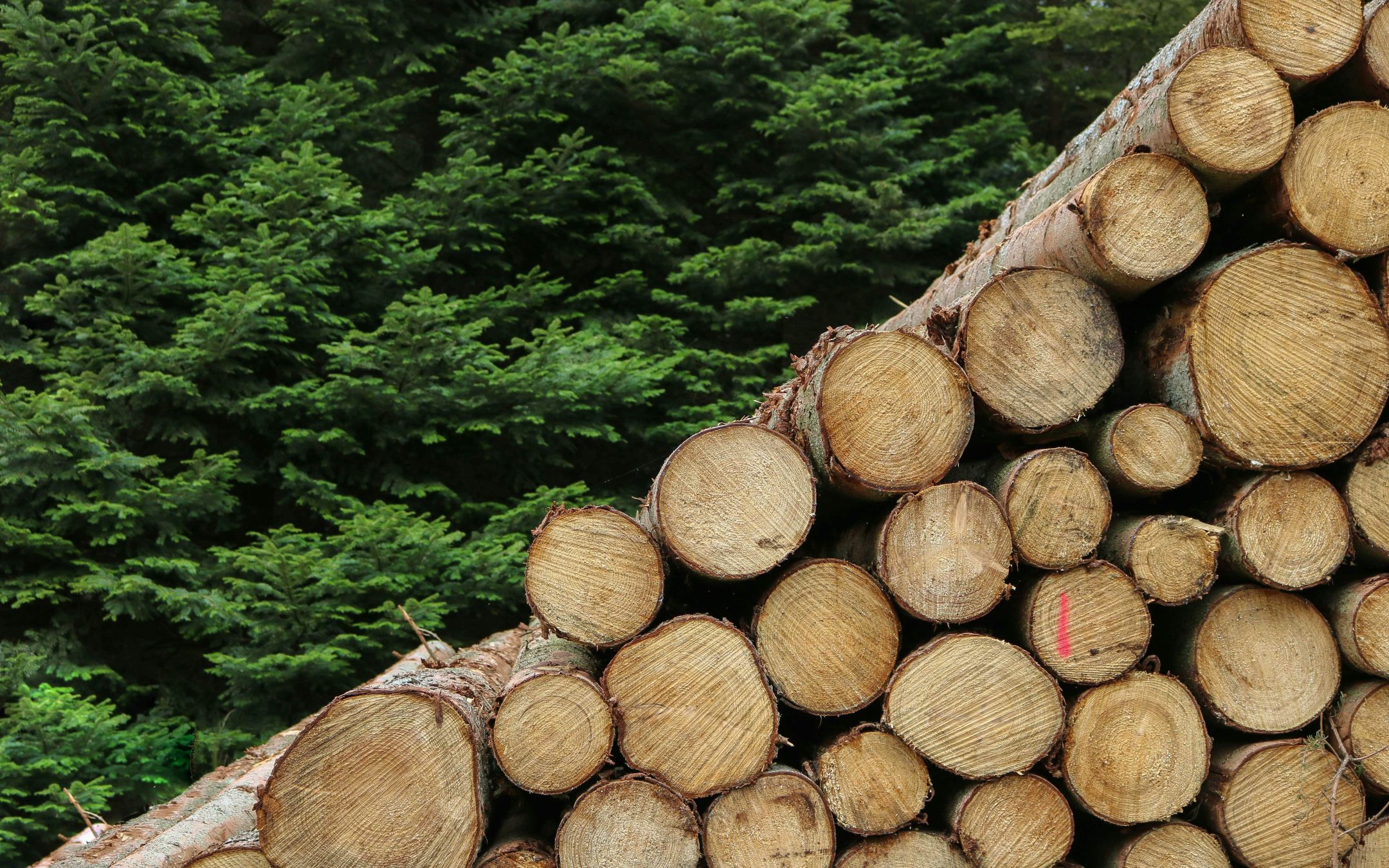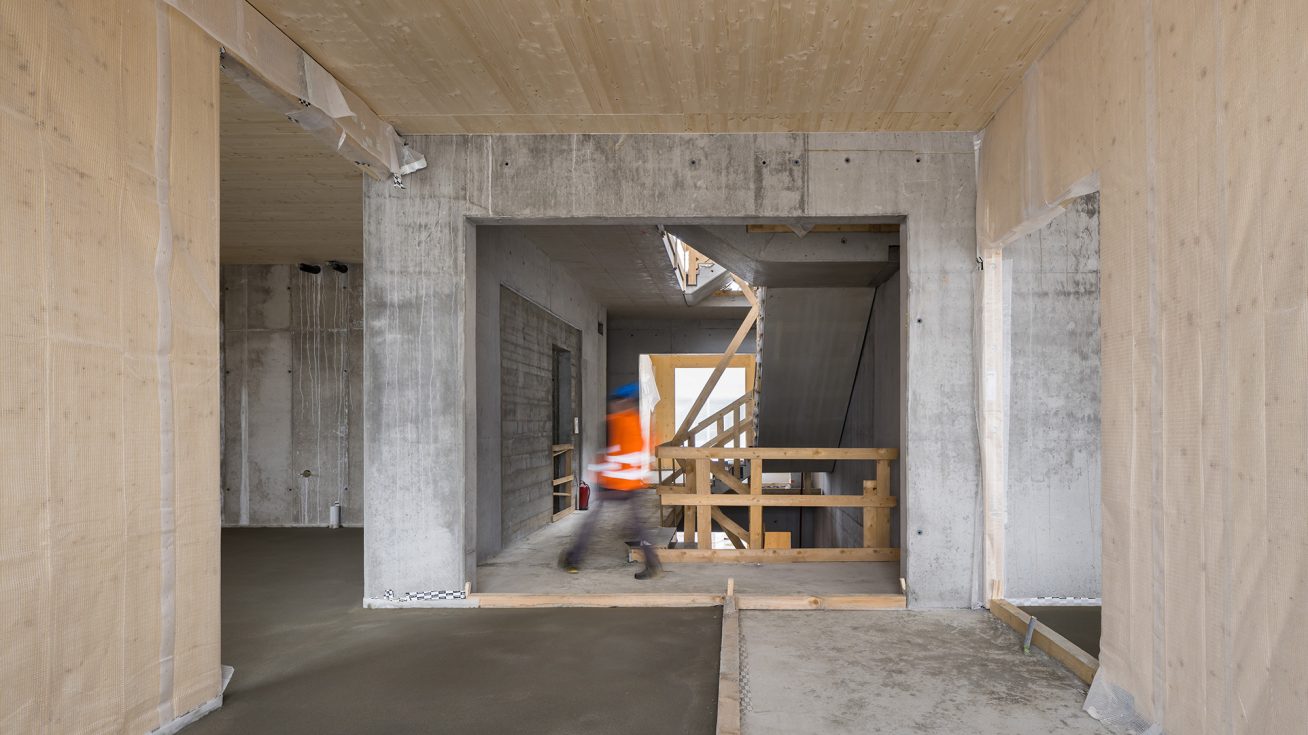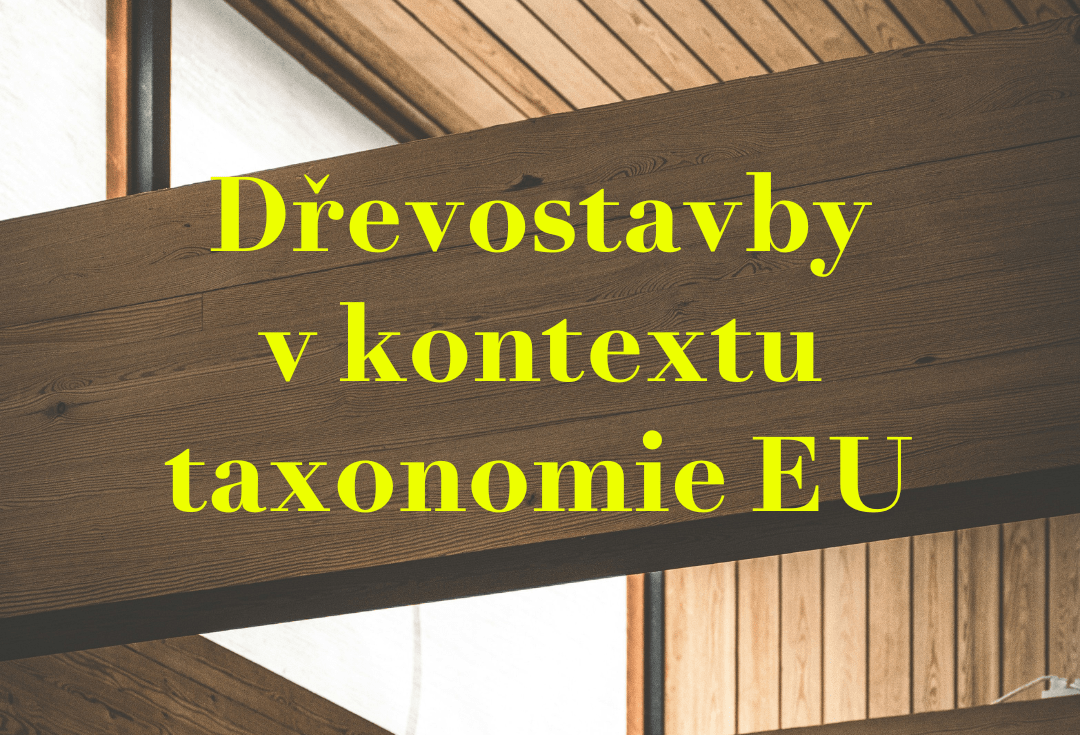
Wood as a strategic raw material of the Czech Republic
An important document is currently being finalised at government level, where wood is mentioned as a strategic raw material for the Czech Republic. The Raw Materials Policy for Wood defines specific instruments the government intends to use to support the development of wood buildings and the domestic processing of this renewable material. The aim is to make wood more mainstream, not only in construction.
A call for change
As part of its January 2022 Programme Statement, the Government committed to the creation of a new Timber Resource Policy – a strategic document long called for by the timber industry, developers and planners. This is due to the increasing promotion of wooden buildings abroad, which is supported by the general effort to reduce the carbon footprint of the European Union, but in our country it is still hampered by many regulations and low general awareness of the benefits of building with timber structures.
This document is being prepared by the Permanent Working Group on Raw Materials Policy for Wood at the Government Council for Energy and Raw Materials Strategy of the Czech Republic, which includes representatives of the Ministry of the Environment, state and non-state forest owners, academia, wood processing companies, foresters and NGOs. The objectives are as follows: to increase the production of timber buildings, to promote secondary processing of wood to increase its added value and to work on the promotion of wood as well as innovation and research.
“Wood in the Czech Republic is a strategic raw material. In the media it is often said that mineral resources are strategic raw materials, but at the Ministry of Agriculture, we see wood as a renewable material as a strategic raw material that needs to be developed, processed and thus add more value. It should not be exported in its raw state, or in primary processing as sawn timber,” said Patrik Mlynář, Deputy Minister of Agriculture and Chief Director for Management of the Forestry Section, at the Wood Camp conference in mid-November .
At the same time, Patrik Mlynář stressed that we have sufficient timber reserves in the Czech Republic and there is no risk of significant changes in the supply of Czech timber to the market at least until 2053, despite the recent bark beetle calamity. Whereas before it we had 480 million cubic metres of spruce in stock, today it is about 400 million. According to Mlynář, the primary timber processing sector has been stable in the country for a long time and it is now necessary to focus on the development of secondary processing to ensure higher added value of timber before its export. Sufficient timber for the domestic market, increasing domestic timber consumption and reducing exports of primary processed timber are the main priorities of the raw material policy.
Higher wooden buildings and tax breaks
The document seeks to remove some of today’s barriers to technical standards and revise standards for fire safety in buildings. “This is a topic that has been discussed for a long time, and we want to use this strategy to oblige the specific ministries that are responsible for these regulations that it is necessary to accelerate the change of regulations and obstacles so that we can develop wood-based construction more and remove some dogmas that have long been overcome and we can focus on the situation around us, like in Austria or Germany,” said Patrik Mlynář.
What are the other concrete proposals for measures in the forthcoming raw materials policy for wood?
- Increase the proportion of wooden buildings (family houses) to 25% and unblock the permitting of buildings in the standard regime up to a height of 22.5 metres (comparable to other EU countries)
- Introduce incentive economic instruments to encourage increased implementation of wood buildings within the public and private sectors
- Establish a mandatory minimum wood content of at least 20% in public construction projects
- Seek to introduce tax breaks for the construction of buildings made of wood
- Not to increase the amount of forest biomass supplied for energy purposes at the expense of more appropriate uses
- To set a sensitive boundary between the needs of nature conservation and ensuring the continued availability of wood supply for processing
- Find opportunities to pool private public financial resources to promote the use of wood in society
The task force has set itself the goal of submitting a raw materials policy to the government by the end of 2023. Afterwards, a comment procedure will be held to decide on its final form and thus on specific commitments and instruments. However, it is already clear from these proposals that wood as a strategic raw material of the Czech Republic will have important support from the state in the future.




